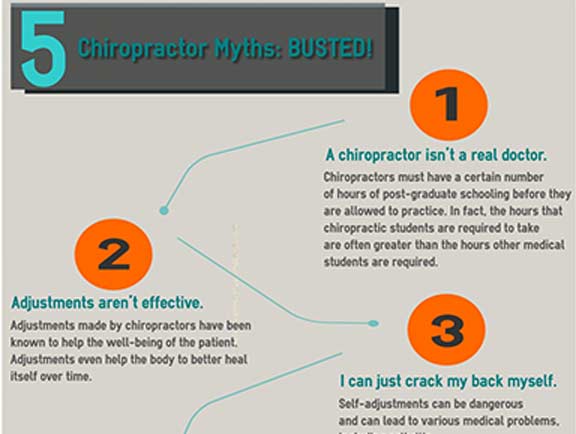The Top Daily Behavior That Add To Neck And Back Pain And Just How To Stay Clear Of Them
The Top Daily Behavior That Add To Neck And Back Pain And Just How To Stay Clear Of Them
Blog Article
Write-Up By-Bates Dempsey
Preserving appropriate stance and preventing typical pitfalls in daily tasks can substantially impact your back health and wellness. From exactly how you rest at your desk to just how you lift hefty items, small adjustments can make a large difference. Picture a day without the nagging back pain that prevents your every action; the option could be easier than you think. By making a couple of tweaks to your daily habits, you could be on your way to a pain-free presence.
Poor Pose and Sedentary Lifestyle
Poor pose and a less active way of living are 2 significant factors to back pain. When you slouch or suspicion over while resting or standing, you placed unnecessary strain on your back muscles and spinal column. This can result in muscle mass discrepancies, tension, and at some point, chronic back pain. Additionally, sitting for extended periods without breaks or exercise can damage your back muscle mass and lead to stiffness and discomfort.
To deal with poor posture, make a conscious initiative to sit and stand directly with your shoulders back and straightened with your ears. Keep in mind to keep your feet flat on the ground and stay clear of crossing your legs for extended periods.
Incorporating normal stretching and strengthening exercises into your everyday regimen can also aid improve your posture and ease neck and back pain associated with a less active way of life.
Incorrect Lifting Techniques
Incorrect training methods can significantly add to pain in the back and injuries. When causes for lower back pain lift hefty things, bear in mind to flex your knees and use your legs to raise, rather than depending on your back muscle mass. Prevent turning your body while training and keep the item near your body to minimize pressure on your back. It's crucial to preserve a straight back and avoid rounding your shoulders while lifting to prevent unnecessary pressure on your spinal column.
Always evaluate lower back pain chiropractor of the object prior to lifting it. If it's also heavy, request for aid or usage equipment like a dolly or cart to move it safely.
Remember to take breaks during raising jobs to offer your back muscular tissues a possibility to relax and protect against overexertion. By carrying out proper lifting techniques, you can avoid back pain and decrease the risk of injuries, guaranteeing your back stays healthy and solid for the long term.
Lack of Routine Exercise and Stretching
A sedentary lifestyle devoid of regular workout and stretching can significantly add to back pain and discomfort. When you do not take part in exercise, your muscle mass come to be weak and stringent, bring about inadequate stance and enhanced stress on your back. Normal workout aids enhance the muscles that support your spinal column, enhancing stability and decreasing the threat of neck and back pain. Including stretching right into your routine can likewise enhance adaptability, protecting against rigidity and pain in your back muscles.
To stay clear of back pain caused by an absence of workout and extending, go for at least 30 minutes of moderate physical activity most days of the week. Include types of back pain that target your core muscular tissues, as a strong core can assist ease stress on your back.
Additionally, take breaks to stretch and relocate throughout the day, specifically if you have a desk job. Easy stretches like touching your toes or doing shoulder rolls can aid eliminate tension and protect against back pain. Focusing on normal exercise and stretching can go a long way in maintaining a healthy and balanced back and reducing pain.
Verdict
So, bear in mind to sit up right, lift with your legs, and remain active to prevent back pain. By making basic adjustments to your day-to-day behaviors, you can stay clear of the discomfort and restrictions that come with neck and back pain. Deal with your spine and muscular tissues by exercising good position, appropriate lifting strategies, and routine exercise. Your back will certainly thank you for it!
